Chicken and other poultry
Campylobacter is one of the most commonly reported bacteria responsible for foodborne illness outbreaks and is usually associated with chicken and other poultry products.
Campylobacter infections cause gastroenteritis (‘gastro’). Symptoms of diarrhoea, abdominal pains, cramping and fever usually start two to five days after infection, and can last for one to three weeks.
Most cases of Campylobacter infection are associated with eating raw or undercooked poultry or by cross contamination.
Poultry includes:
- chicken
- turkey
- duck
- geese
- quail
- guinea fowl.
Do
- wash your hands and utensils before and after handling raw poultry
- cover and chill raw poultry
- cook raw poultry thoroughly
- keep raw poultry and their juices away from any already cooked or ready-to-eat foods and fresh produce.
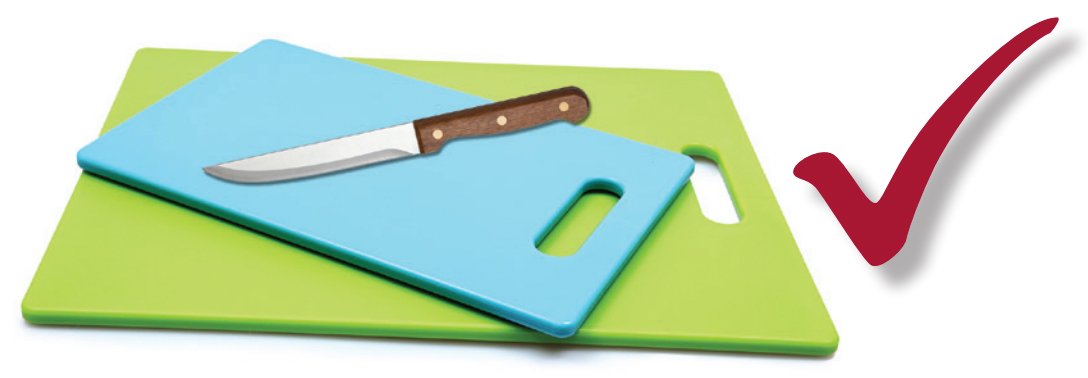
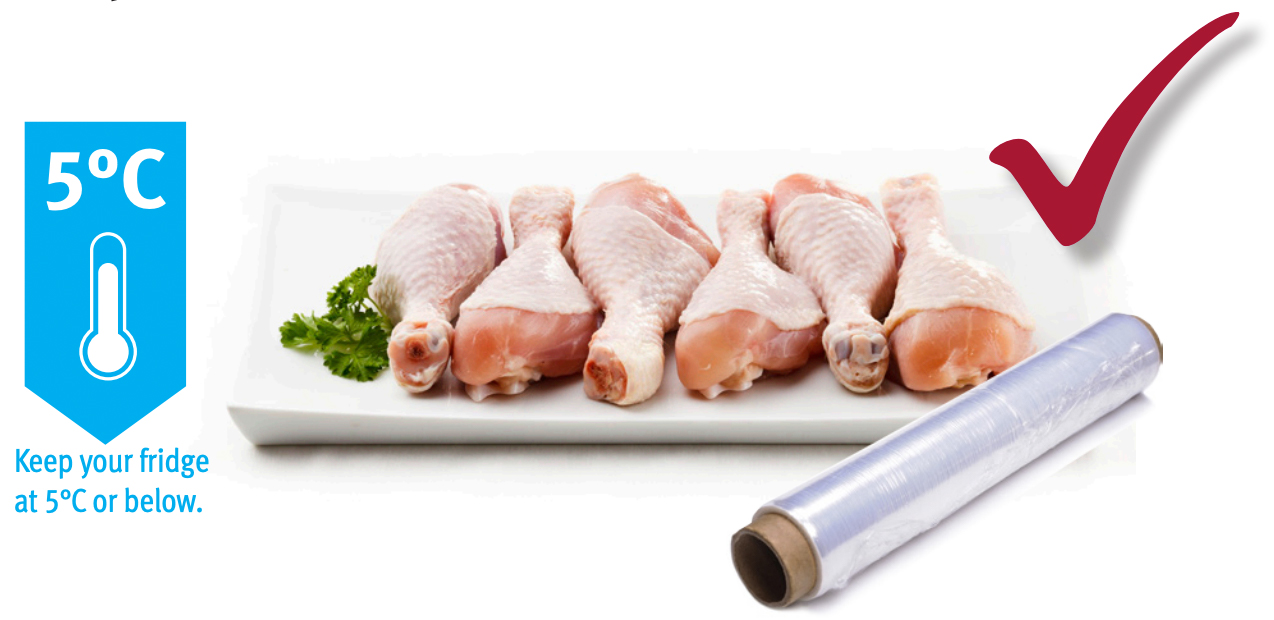
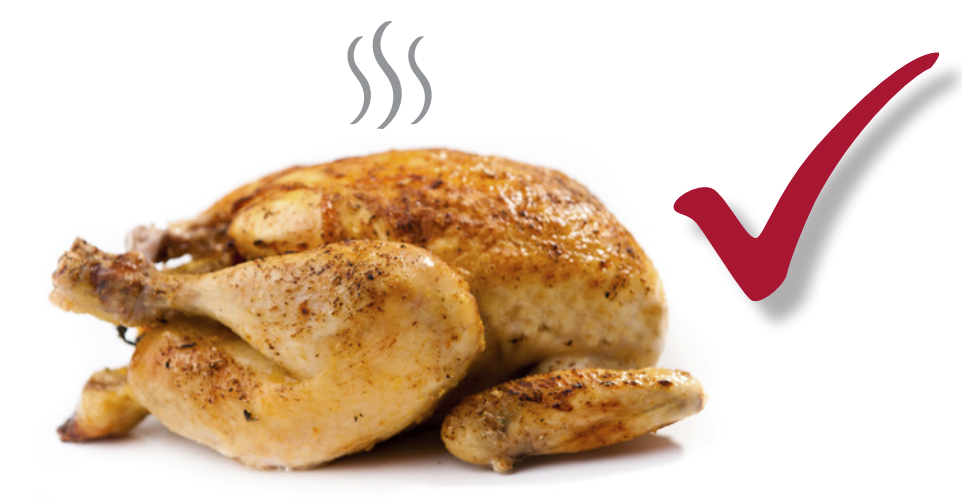
Do not
- wash raw poultry
- reuse knives, chopping boards and other kitchen equipment after preparing raw poultry until they have been thoroughly cleaned.
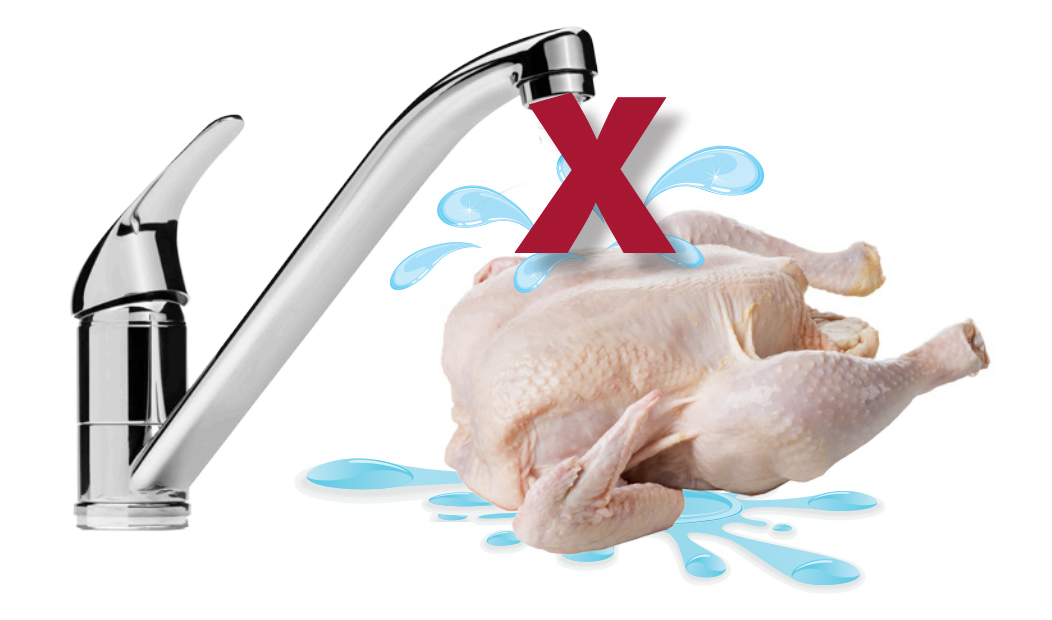
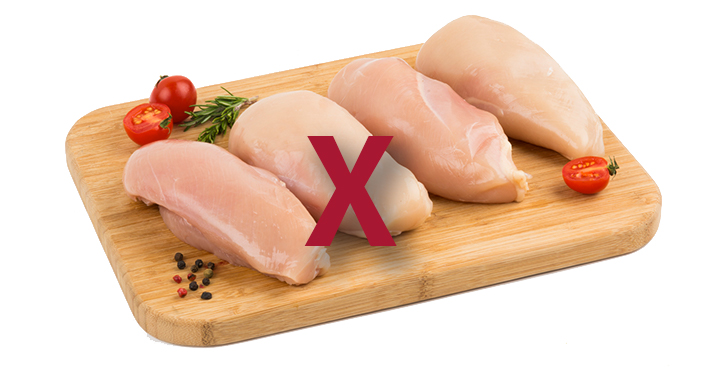
Handling raw poultry
When handling raw poultry:
- thoroughly wash your hands with warm soapy water before and after handling raw poultry
- thoroughly wash all utensils, containers, cutting boards and kitchen surfaces with hot soapy water after each use and dry
- use separate cloths for drying hands and dishes
- wash your sponge thoroughly after each use and replace it regularly
- washing raw chicken will not remove or kill Campylobacter but it will spread the bacteria around the kitchen. The spray from washing chicken can spread up to 80cm from the sink, contaminating nearby surfaces, utensils or food.
Watch a short video about Chicken - why you shouldn't wash it
Storing raw poultry
When storing raw poultry:
- it is important to keep raw poultry and their juices away from cooked or ready-to-eat foods and fresh produce
- raw poultry should be stored in original packaging, or placed in a sealed container at the bottom of the fridge to prevent juices dripping onto other food
- raw poultry should be stored in a refrigerator at a temperature of 5°C or below
- throw away raw poultry if is out of the fridge for more than four hours
- pack foods that contain raw poultry in an insulated cooler with enough ice to keep it cold when transporting them.
Cooking with poultry
When cooking poultry:
- thoroughly cook poultry to make sure harmful bacteria are killed
- use a fork or skewer to pierce the thickest part of the meat and check that the juices run clear. There should be no pink meat. Alternatively, use a food thermometer to check the internal temperature of the thickest part of the meat reaches at least 75°C.


